Abnormal renal rotation
Citation, DOI, disclosures and article data
At the time the article was created Henry Knipe had no recorded disclosures.
View Henry Knipe's current disclosuresAt the time the article was last revised Mohamed Saber had no financial relationships to ineligible companies to disclose.
View Mohamed Saber's current disclosures- Rotational anomalies of the kidney
- Rotational anomalies of the kidneys
- Renal malrotation
- Kidney malrotation
- Malrotated kidneys
- Malrotated kidney
Abnormal renal rotation, also known as renal malrotation, refers to an anatomical variation in the position of the kidneys, in particular to anomalous orientation of the renal hilum. It may occur unilaterally or bilaterally. It is almost always an asymptomatic incidental finding.
On this page:
Epidemiology
Malrotation is rare, perhaps under-reported, and in one autopsy series, a prevalence of ~1 in 2000 was reported 1. It is more common in males.
Gross anatomy
The renal hilum is normally directed anteromedially. The renal hilum is initially oriented anteriorly, but during its ascent from the pelvis, the kidney rotates 90° along its longitudinal axis to its more typical orientation.
Anomalies in this process can result in 1,2:
incomplete rotation or non-rotation (most common): hilum faces anteriorly, ureters are located laterally
excessive rotation (hyper-rotation): hilum faces posteriorly; renal vessels are located posteriorly
reversed rotation: hilum faces laterally, renal vessels are located anteriorly, ureter is located laterally
sagittal rotation: rotation around its hilum in the sagittal plane, which as yet (c.2015) does not have an embryological explanation; asymptomatic and is virtually always discovered incidentally on imaging 5
Radiographic features
CT
on CT urography, the renal pelvis of a non-rotated kidney will project anteriorly 3
Fluoroscopy
Urography
malrotation can be demonstrated when the calyces project medially to the renal pelvis
Development
The exact cause of malrotation of the kidneys is unclear, though it has been hypothesized that malrotation may occur if the ureteric bud inserts into an abnormal region of metanephric mesenchyme. Its association with renal ectopia suggests that the process of ascent and rotation are related.
Related pathology
abnormal renal rotation may cause partial ureteropelvic junction (UPJ) obstruction, which can result in increased incidence of urolithiasis and infection
the malrotated kidney is prone to stasis, increasing the risk of urolithiasis
See also
References
- 1. Pediatric Uroradiology. Springer. (2008) ISBN:3540330046. Read it at Google Books - Find it at Amazon
- 2. Radiology Illustrated: Uroradiology. Springer (2012). ISBN:3642053211. Read it at Google Books - Find it at Amazon
- 3. Dunnick R, Sandler C, Newhouse J. Textbook of Uroradiology. Lippincott Williams & Wilkins. (2012) ISBN:1451109164. Read it at Google Books - Find it at Amazon
- 4. Kelly CR, Landman J. The Netter Collection of Medical Illustrations - Urinary System. Saunders. (2012) ISBN:1437722385. Read it at Google Books - Find it at Amazon
- 5. Tsai H-Y, Lee M-H, Chen H-C, Chen H-C , Guh J-Y. Sagittally malrotated kidney: a case series of two patients. Surgical and Radiologic Anatomy (2015) 37:551–553 doi:10.1007/s00276-014-1376-5
Incoming Links
- Malrotated kidney
- Obstructive uropathy
- Crossed renal ectopia
- Laparoscopic port site hernia with small bowel obstruction
- Terminal ileal diverticulosis
- Bilateral malrotated kidneys with left partial duplication and right pelviureteric junction stenosis with staghorn calculus
- Sigmoid perforation due to accidental ingestion of food bone
- Right obstructing VUJ stone (horseshoe kidney)
- Bilateral pelvic kidneys with fusion and malrotation
- Bilateral kidney malrotation
- Malrotation of kidney
- Pyelonephritis with renal abscesses
- Renal pelvis transitional cell carcinoma in a malrotated kidney
- Bifid ureter
- Renal pelvis urothelial carcinoma
- Renal malrotation
- Bilateral renal malrotation
- Malrotated kidney
- Malrotated kidney
Related articles: Anatomy: Abdominopelvic
- skeleton of the abdomen and pelvis
- muscles of the abdomen and pelvis
- spaces of the abdomen and pelvis
- anterior abdominal wall
- posterior abdominal wall
- abdominal cavity
- pelvic cavity
- perineum
- abdominal and pelvic viscera
- gastrointestinal tract
- spleen
- hepatobiliary system
-
endocrine system
-
adrenal gland
- adrenal vessels
- chromaffin cells
- variants
- pancreas
- organs of Zuckerkandl
-
adrenal gland
-
urinary system
-
kidney
- renal pelvis
- renal sinus
- avascular plane of Brodel
-
variants
- number
- fusion
- location
- shape
- ureter
- urinary bladder
- urethra
- embryology
-
kidney
- male reproductive system
-
female reproductive system
- vulva
- vagina
- uterus
- adnexa
- Fallopian tubes
- ovaries
- broad ligament (mnemonic)
- variant anatomy
- embryology
- blood supply of the abdomen and pelvis
- arteries
-
abdominal aorta
- inferior phrenic artery
- celiac artery
- superior mesenteric artery
- middle suprarenal artery
- renal artery (variant anatomy)
- gonadal artery (ovarian artery | testicular artery)
- inferior mesenteric artery
- lumbar arteries
- median sacral artery
-
common iliac artery
- external iliac artery
-
internal iliac artery (mnemonic)
- anterior division
- umbilical artery
- superior vesical artery
- obturator artery
- vaginal artery
- inferior vesical artery
- uterine artery
- middle rectal artery
-
internal pudendal artery
- inferior rectal artery
-
perineal artery
- posterior scrotal artery
- transverse perineal artery
- artery to the bulb
- deep artery of the penis/clitoris
- dorsal artery of the penis/clitoris
- inferior gluteal artery
- posterior division (mnemonic)
- variant anatomy
- anterior division
-
abdominal aorta
- portal venous system
- veins
- anastomoses
- arterioarterial anastomoses
- portal-systemic venous collateral pathways
- watershed areas
- arteries
- lymphatics
- innervation of the abdomen and pelvis
- thoracic splanchnic nerves
- lumbar plexus
-
sacral plexus
- lumbosacral trunk
- sciatic nerve
- superior gluteal nerve
- inferior gluteal nerve
- nerve to piriformis
- perforating cutaneous nerve
- posterior femoral cutaneous nerve
- parasympathetic pelvic splanchnic nerves
- pudendal nerve
- nerve to quadratus femoris and inferior gemellus muscles
- nerve to internal obturator and superior gemellus muscles
- autonomic ganglia and plexuses


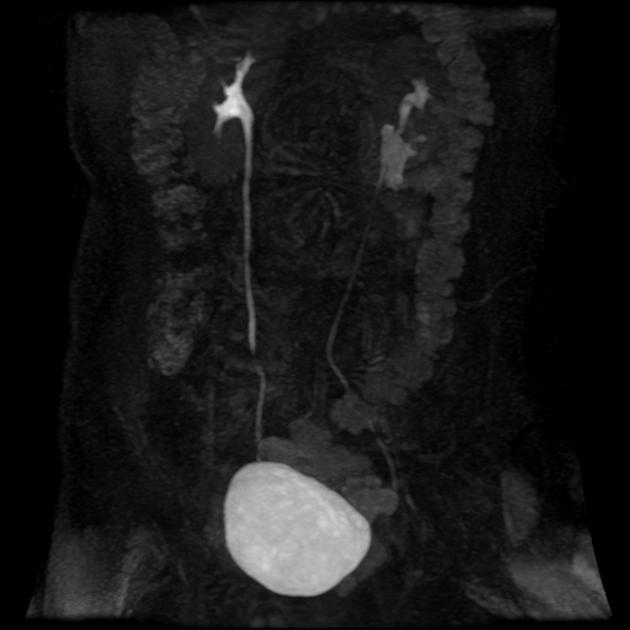
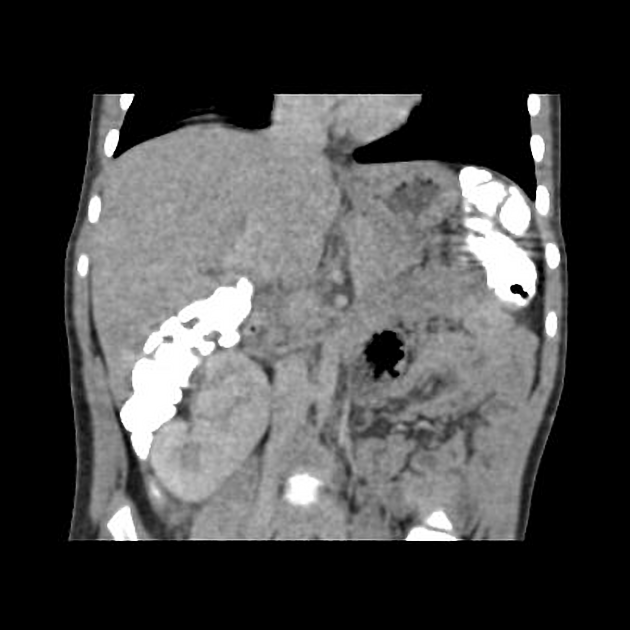

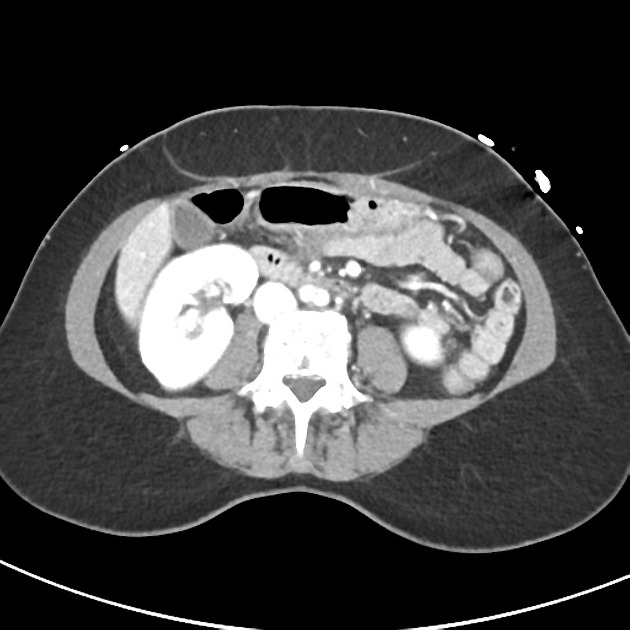
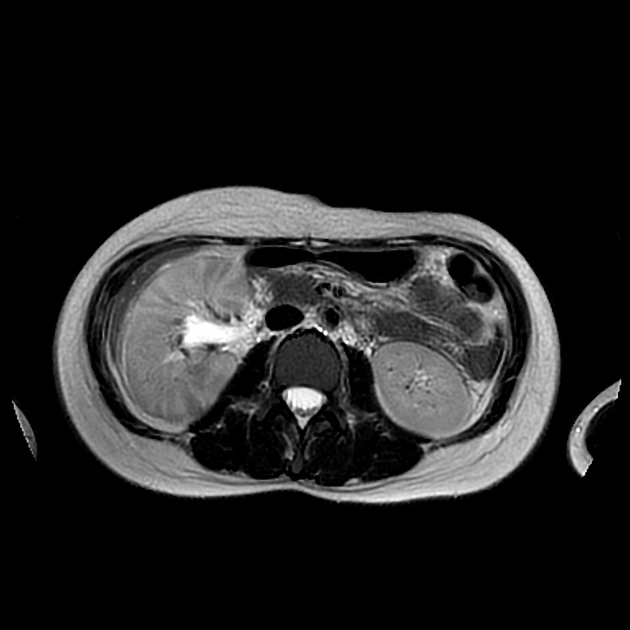
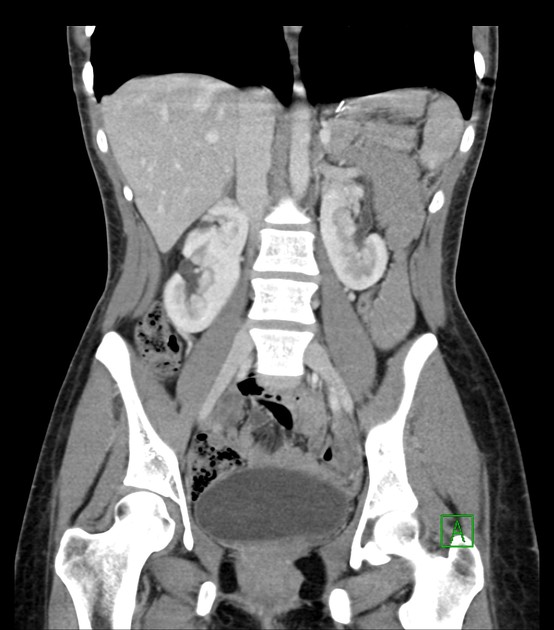
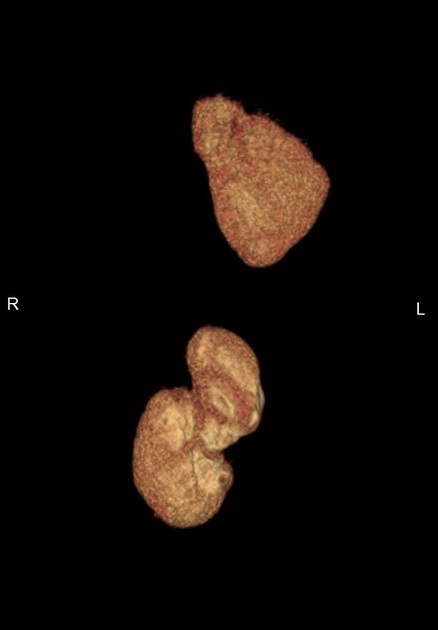


 Unable to process the form. Check for errors and try again.
Unable to process the form. Check for errors and try again.